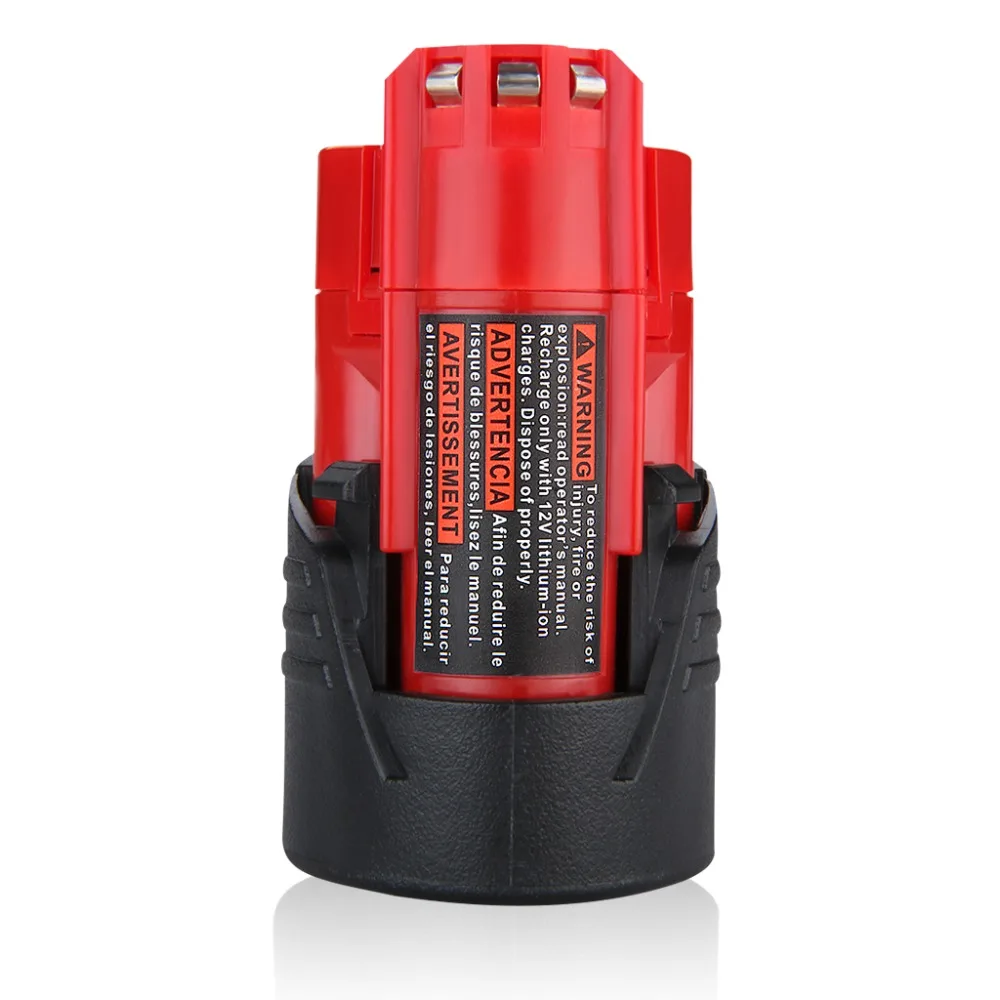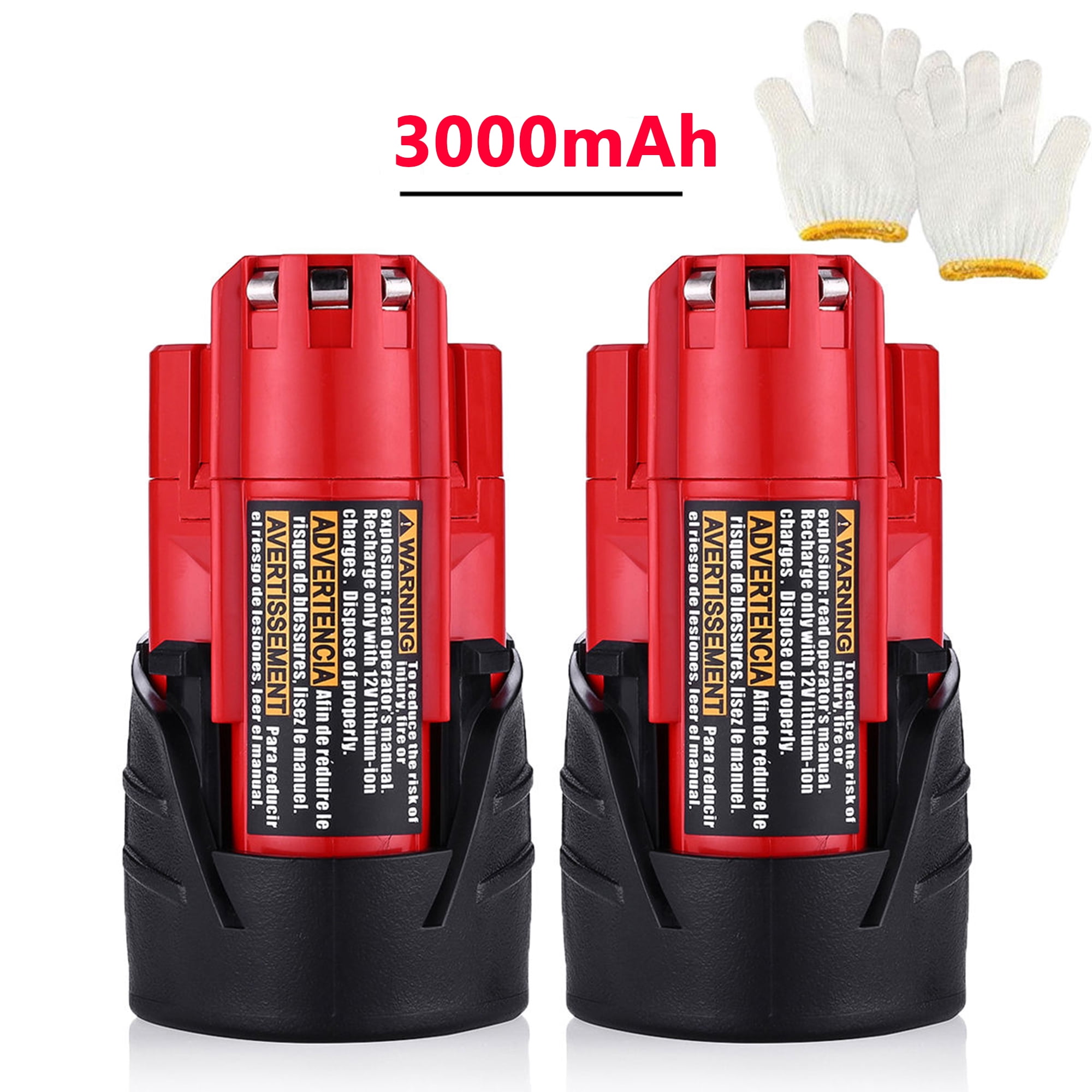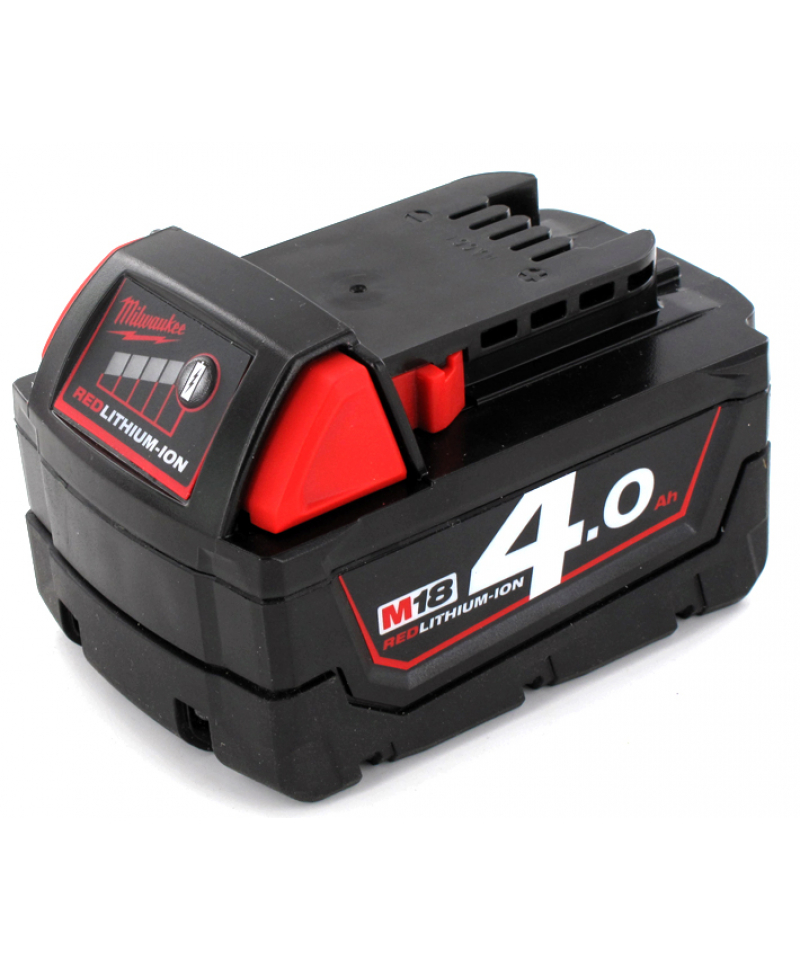

Moli Energy went into receivership after a cell phone battery produced by the company caught fire in 1989, resulting in its sales being halted and tens of thousands of phones getting recalled. The history of E-One Moli Energy goes back to Moli Energy Ltd., the Canadian pioneer of rechargeable lithium battery technology, founded in 1977 in the Greater Vancouver suburb of Burnaby. It has been listed by the Critical Foreign Dependencies Initiative as a result. Its E-One Moli Energy (Canada) Limited division has a facility in Maple Ridge, British Columbia that is the only North American high volume manufacturer of rechargeable lithium-ion batteries. It has also provided batteries to Ford for electric cars, and in 2008 became the first qualified battery supplier for BMW MINI E. In 2004, it partnered with Milwaukee Electric Tool to develop a high energy power cell for cordless power tools, with its first power tool model introduced in 2005. It was founded in 1998 and focused on producing high capacity energy cells for notebook computers, high-end electronics and networking communication devices under the "Molicel" brand. is a Taiwanese manufacturer of lithium-ion batteries. However, it should be noted that like NiCd batteries, NiMH are also susceptible to the memory effect.E-One Moli Energy Corp. NiMH batteries are a good choice if you want solid performance but aren’t inclined to pay more for lithium-ion batteries. With a lifespan of around 600 cycles, NiMH batteries won’t last as long as NiCd batteries, but they should still provide lots of use if well-maintained. They’re also much safer for the environment. NiMH batteries offer about 2.2Ah to 3.0Ah capacity, around two to three times more than NiCd batteries. They’re also harmful to the environment and must be disposed of properly. As for more practical concerns, NiCd batteries are typically heavier and susceptible to overheating. The memory effect occurs when a battery’s charging capacity diminishes over time because it is repeatedly recharged without being allowed to completely drain. They have a comparatively low capacity (usually ranging from 1.2Ah to 2.2Ah) and are prone to the memory effect. But other than the extended lifespan, there are several downsides that make NiCd batteries less appealing. The main advantage of NiCd batteries is that they generally have the longest cycle life at approximately 1,000 charges. Nickel-cadmium batteries use nickel oxide hydroxide and metallic cadmium as electrodes. They’re also the most expensive, so a lithium-ion battery may not be the right choice if you’re on a strict budget. Li-ion batteries have the shortest cycle life at under 500 charges. There are a couple downsides to keep in mind, though. Li-ion batteries don’t experience the memory effect, so you can freely recharge them as needed without worrying about eroding the capacity. They’re also much smaller and lighter than other batteries, so they won’t weigh down power tools or other devices. They have the largest capacity of the three main battery types, usually exceeding 3.0Ah. Lithium-ion (often shortened to “li-ion”) batteries hold multiple advantages over NiCd and NiMH. You can find batteries in a range of voltages based on your needs: 4V batteries may be sufficient for light repair work with a small cordless screwdriver, 12V or 18V batteries for every day huosehold needs while cutting through thick lumber may require a chainsaw that uses a 60V battery. More powerful tools require batteries with higher voltages. The higher the voltage, the more powerful the battery.

Voltage determines the amount of power the battery can provide. Batteries with a higher charge capacity, such as 8-9Ah, are more appropriate for larger tasks. For instance, a 1-3Ah battery is best used for small projects. In general, you should match the Ah rating of your battery to the size of the project. Just divide the Ah rating by the current: 3.0 / 1.0.
#Milwaukee batteries full#
When used in a tool that continuously draws 1.0 amperes of current, the battery should last around three hours on a full charge. For instance, you may see a battery with a 3.0Ah rating. The Ah rating lets you know how long the battery will last per charge.

There are a few primary battery types to consider, along with several metrics by which to evaluate them and help you select the right power source for the job.Ĭommonly abbreviated as “Ah”, an ampere hour refers to the total charge a battery can deliver in one hour. In fact, choosing a battery should be treated much like buying any other tool. All users should be familiar with the features and distinctions between different types of batteries. Cordless tools offer unprecedented convenience and versatility, but this is only possible thanks to the batteries powering them.


 0 kommentar(er)
0 kommentar(er)
